If you’ve ever walked past the glute kickback machine at the gym unsure of how to use it—or whether it’s even worth your time—this article is for you. The kickback machine isn’t just another piece of equipment taking up space; it’s a powerful tool for sculpting your glutes, strengthening your posterior chain, and improving lower-body symmetry.
What Is a Glute Kickback Machine?
A glute kickback machine—also known as a kickback machine, leg kickback machine, or kickback glute machine—is a resistance-based gym machine designed to isolate and strengthen the gluteus maximus. It typically involves a padded surface for your arms or chest and a resistance plate or footpad for your working leg. As you extend one leg back in a controlled "kicking" motion, your glutes engage to power the movement.
Many variations exist—from rear kick machines to glute pushback machines—but the purpose is the same: controlled, isolated glute activation without over-engaging the quads or lower back.
Benefits of Using a Kickback Machine for Glutes
Using a kickback exercise machine consistently offers several advantages:
-
Isolated Glute Activation
Unlike squats or lunges, this machine hones in directly on your glute muscles, especially the gluteus maximus, without relying heavily on supporting muscle groups. -
Improved Hip Extension
Kickback motions improve mobility and strength through your hip joint—essential for athletic performance and everyday movement. -
Enhanced Hamstring and Core Engagement
Though glutes are the focus, machines like the hamstring kickback machine also provide minor activation in hamstrings and require core stabilization for balance. -
Lower Back-Friendly
Because the movement is guided and supported, it’s easier on your spine compared to free weight hip thrusts or deadlifts.
How to Use a Glute Kickback Machine Properly
One of the most common gym mistakes is rushing into the movement without proper setup. Here's how to use a kickback machine for glutes the right way:
-
Adjust the Pad – Make sure your upper body is supported comfortably—usually with forearms or chest against the pad.
-
Align Your Body – Your hips should be square, and your standing leg slightly bent for balance.
-
Controlled Kick – Extend your working leg backward in a smooth, squeezing motion. Pause at the top for a second before slowly returning.
-
Avoid Momentum – Don’t swing your leg or arch your back. Focus on slow, deliberate motion to truly engage the glutes.
-
Repetition & Load – Start light to perfect your form (around 12–15 reps per leg), then progressively increase the resistance.
My Personal Journey with Kickback Machines
I'll admit—I overlooked the kickback machine in my early training years, assuming compound lifts like squats and deadlifts were enough. But after struggling with glute activation during workouts, I gave it a proper try.
It was humbling at first. My balance was off, and I had to go lighter than expected. But within weeks of consistent training, I noticed stronger glute engagement across all my lower body lifts—especially during hip thrusts and sprinting drills. The kickback machine became a non-negotiable part of my leg day routine, and it’s now something I recommend to clients of all levels.
Common Variations and Machine Types
The gym may have different types of kickback machines. Here are some you might encounter:
-
Single-Leg Kickback Machine – Focuses on unilateral training to correct imbalances.
-
Glute Extension Machine Kickback – A more vertical variant that mimics a donkey kick.
-
Kickback Gym Machine with Cable Pulley – Offers more range of motion and requires more core engagement.
-
Leg Kickbacks Machine – Some setups are part of a multifunctional cable station or dual-stack trainer.
Whichever version you use, the principle remains the same: isolate, control, and squeeze.
When and How to Program It
The kickback machine is best used as a finisher or activation drill:
-
Pre-Workout Activation – Light reps to wake up your glutes before compound lifts.
-
Post-Workout Burnout – Higher reps (15–20) to finish strong after squats or lunges.
-
Glute-Focused Days – Combine with exercises like Romanian deadlifts, hip thrusts, and lateral band walks.
Two to three sets per leg, 2–3 times per week, is a great starting point for most people.
Final Tips for Glute Kickback Success
-
Always warm up your hips and core.
-
Focus on form over weight—your glutes won’t grow from bad reps.
-
Try both legs separately to correct imbalances.
-
Add resistance bands or ankle weights for variety if using a cable-based model.
If your goal is stronger, more defined glutes, the glute kickback machine is a smart and effective investment in your training time. Whether you’re new to lifting or just looking to add more focus to your lower body routine, this machine helps you zero in on one of the most important (and often undertrained) muscle groups in the body.

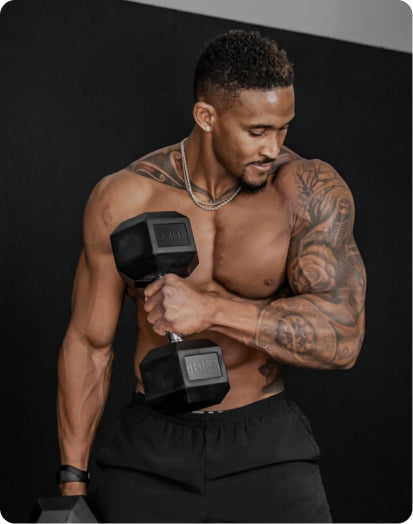
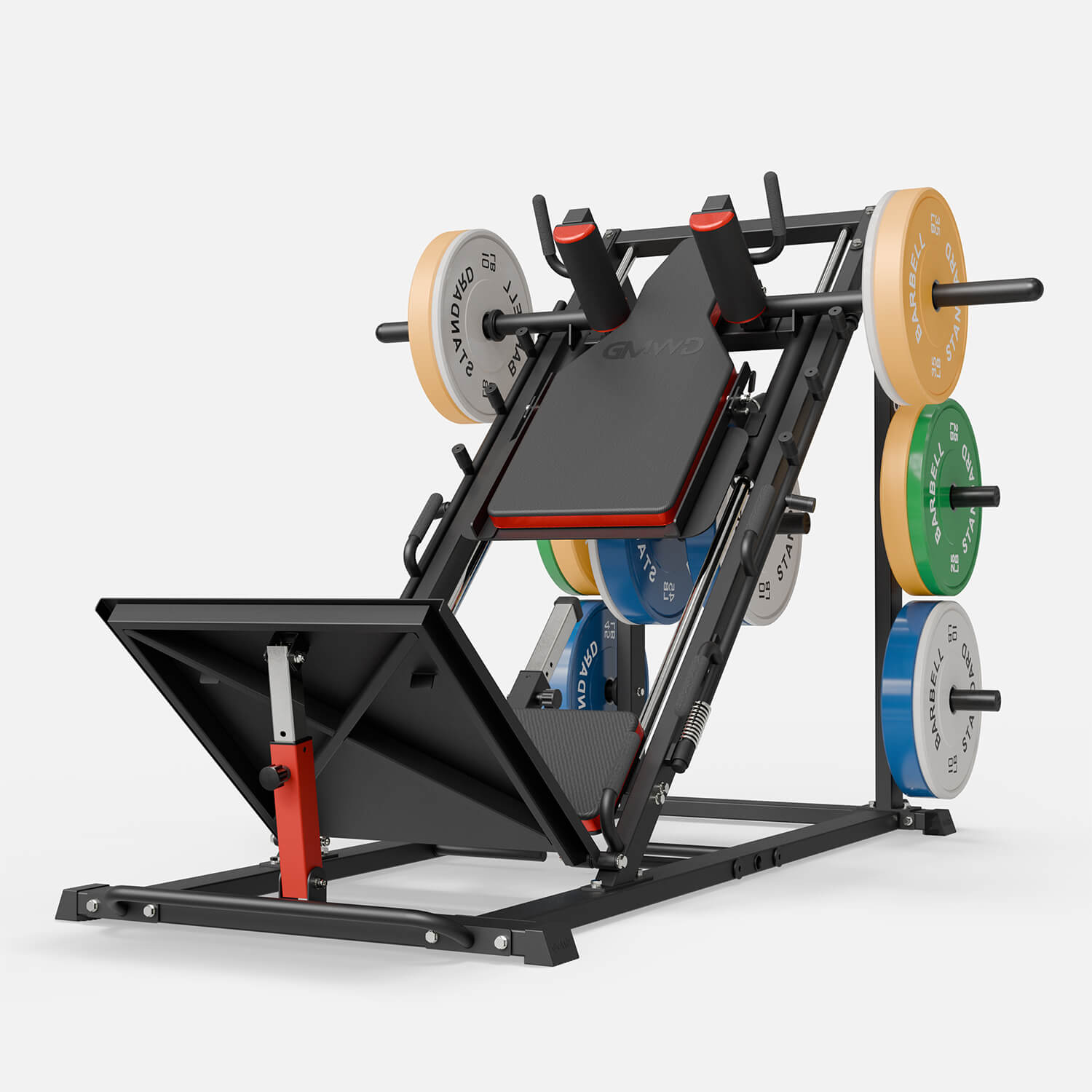


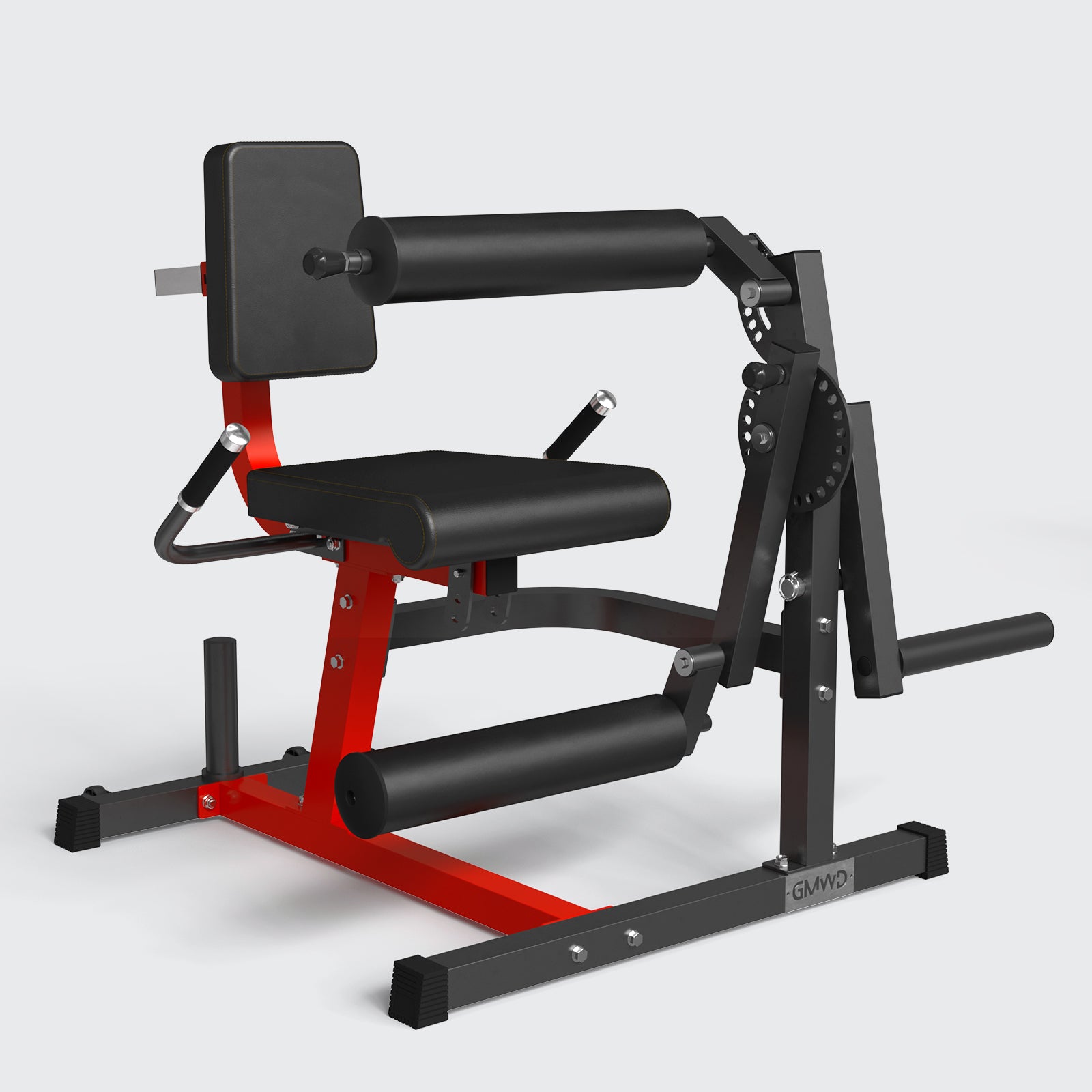
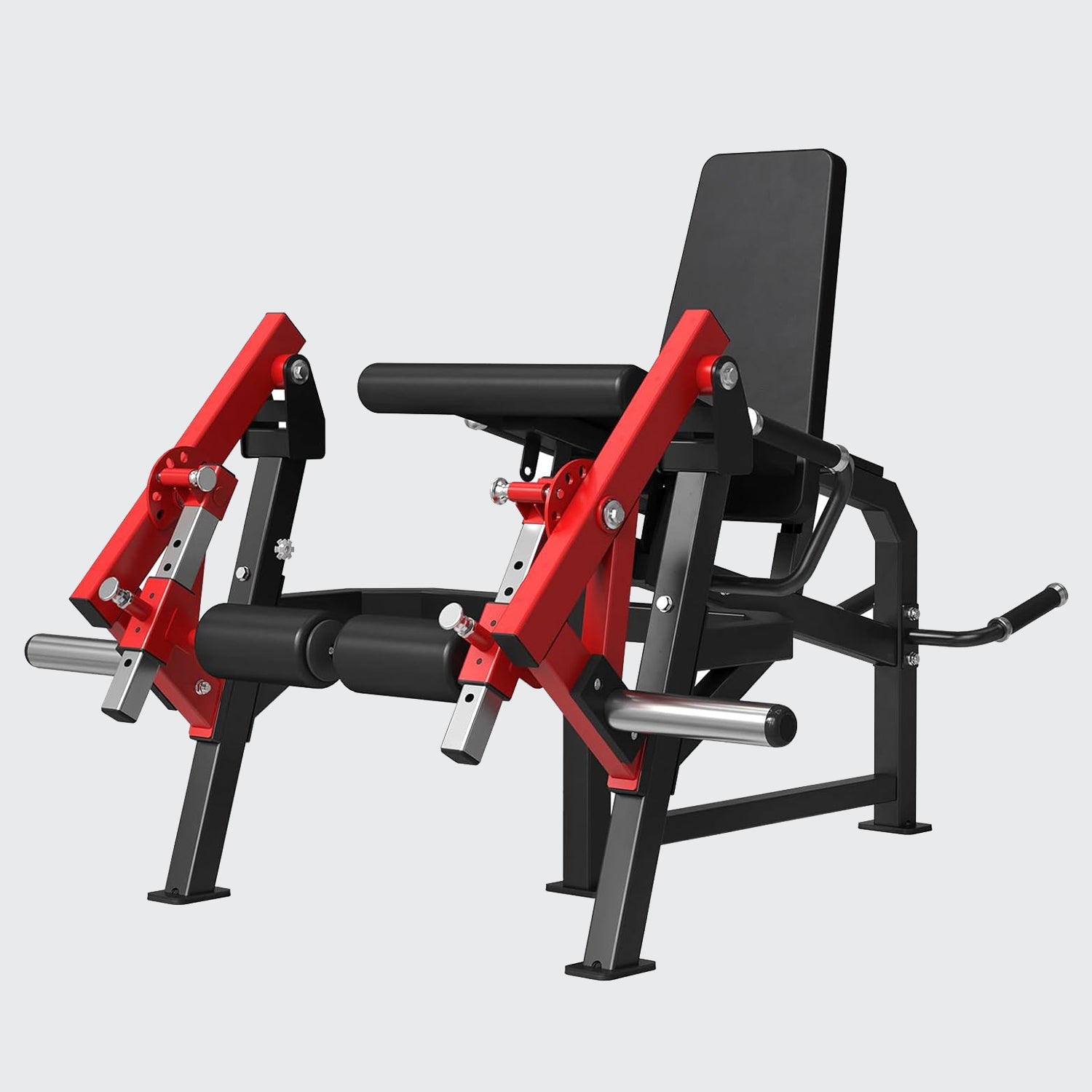
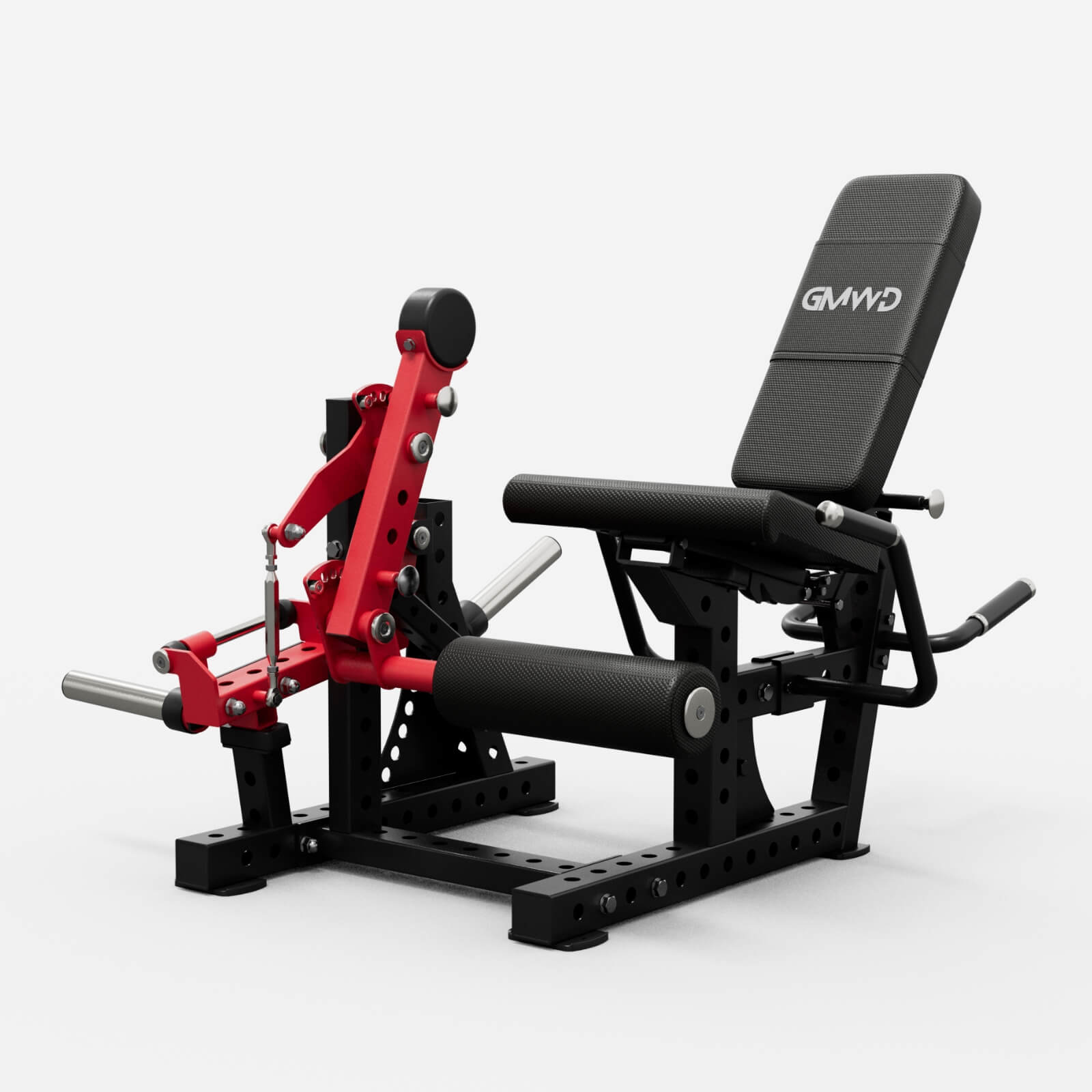
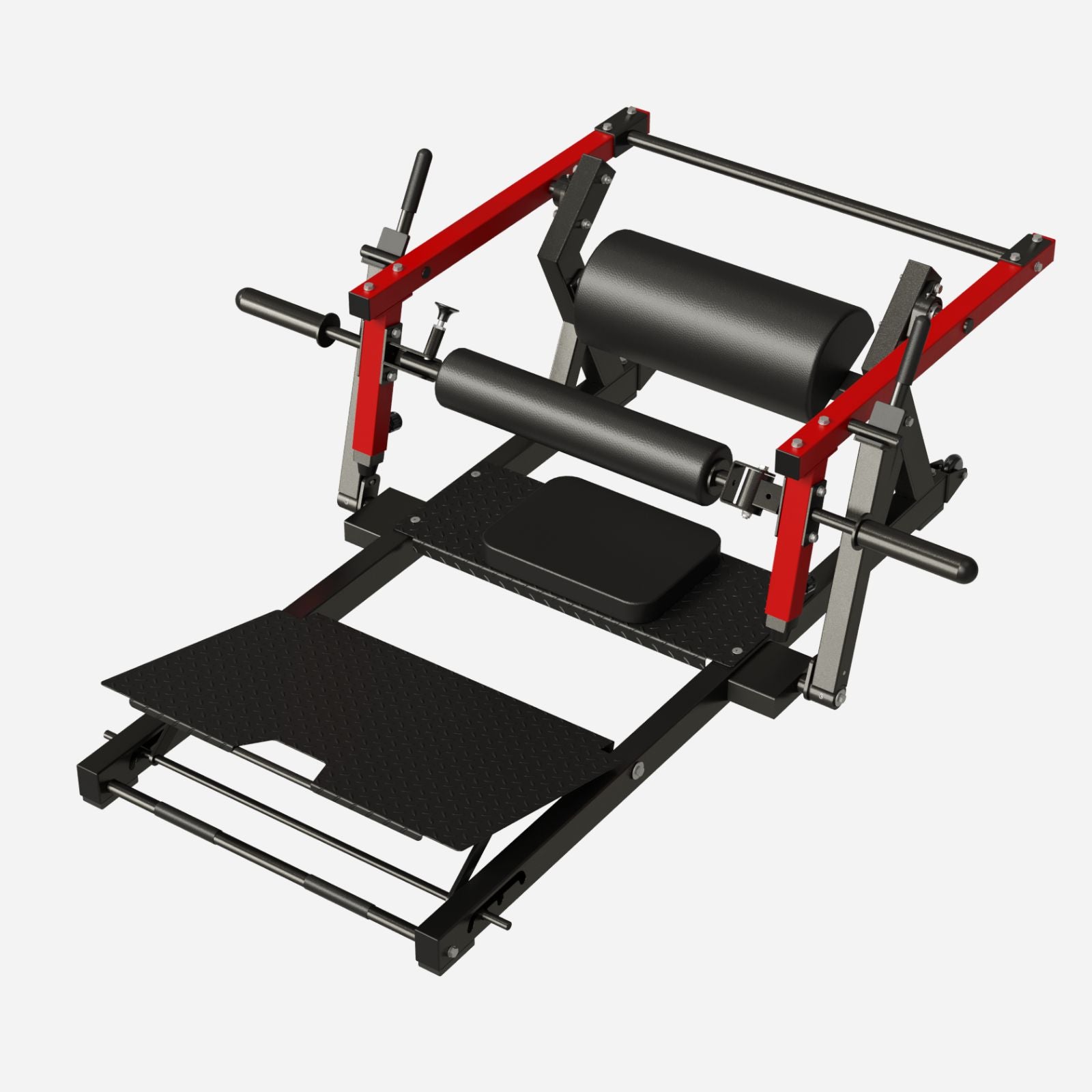
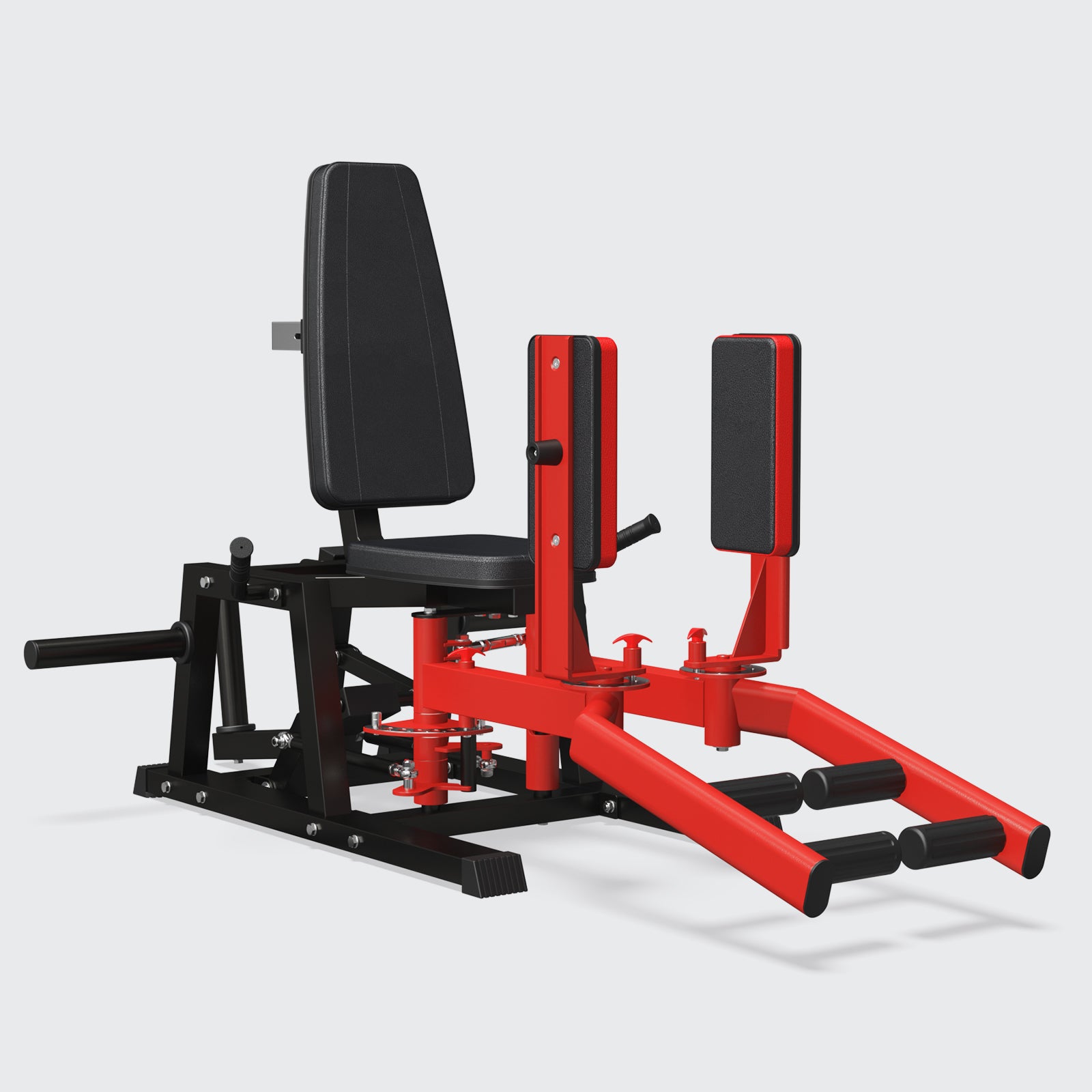


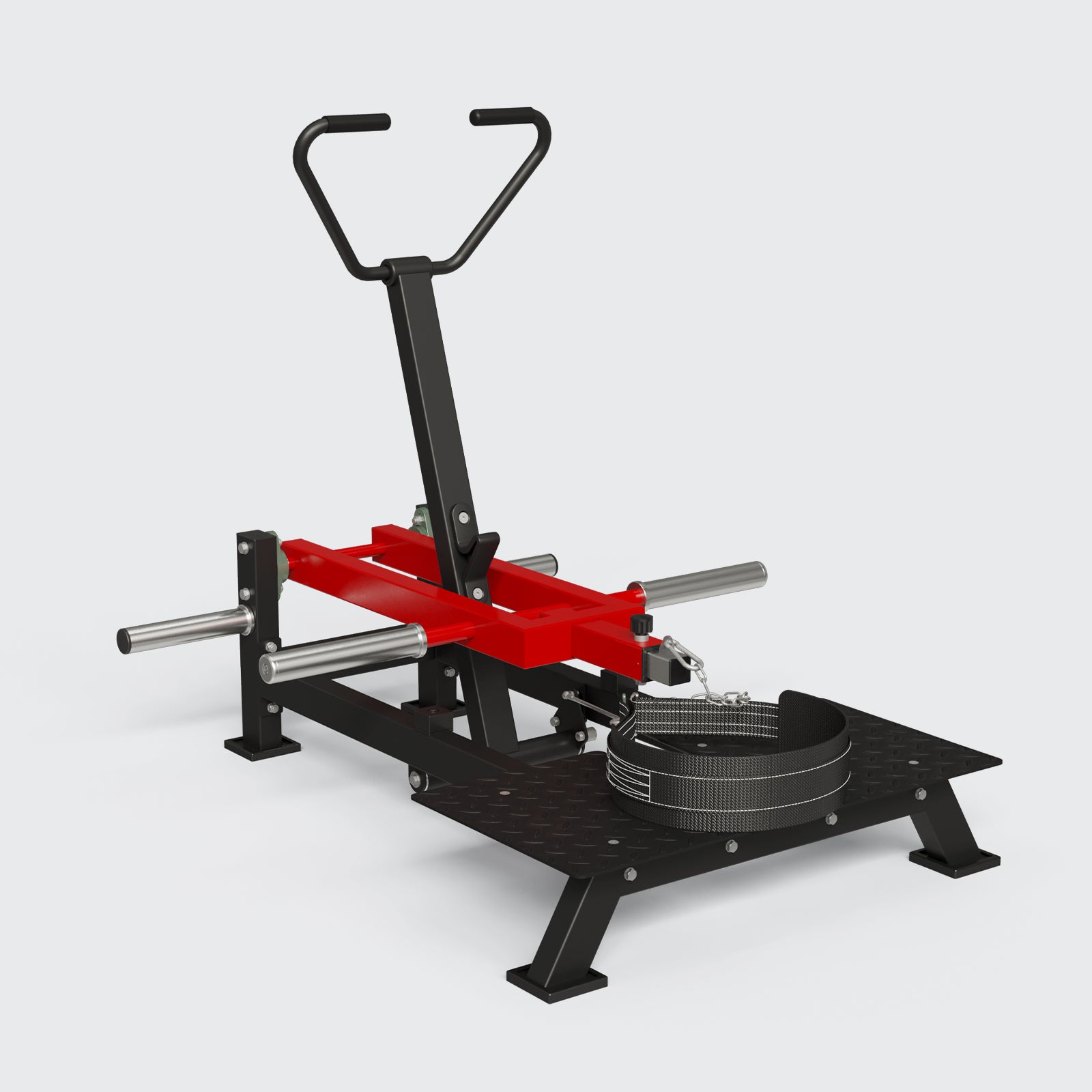
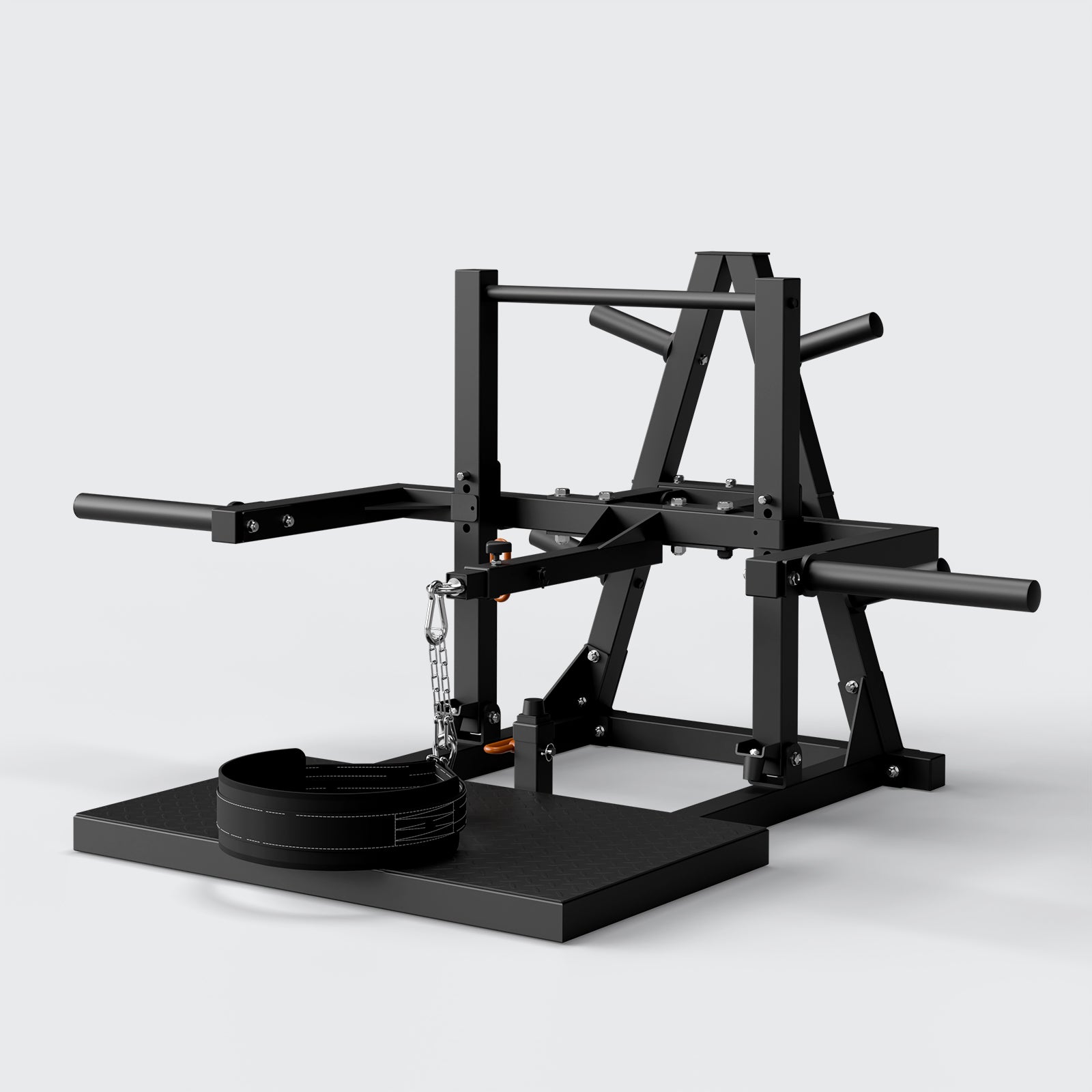

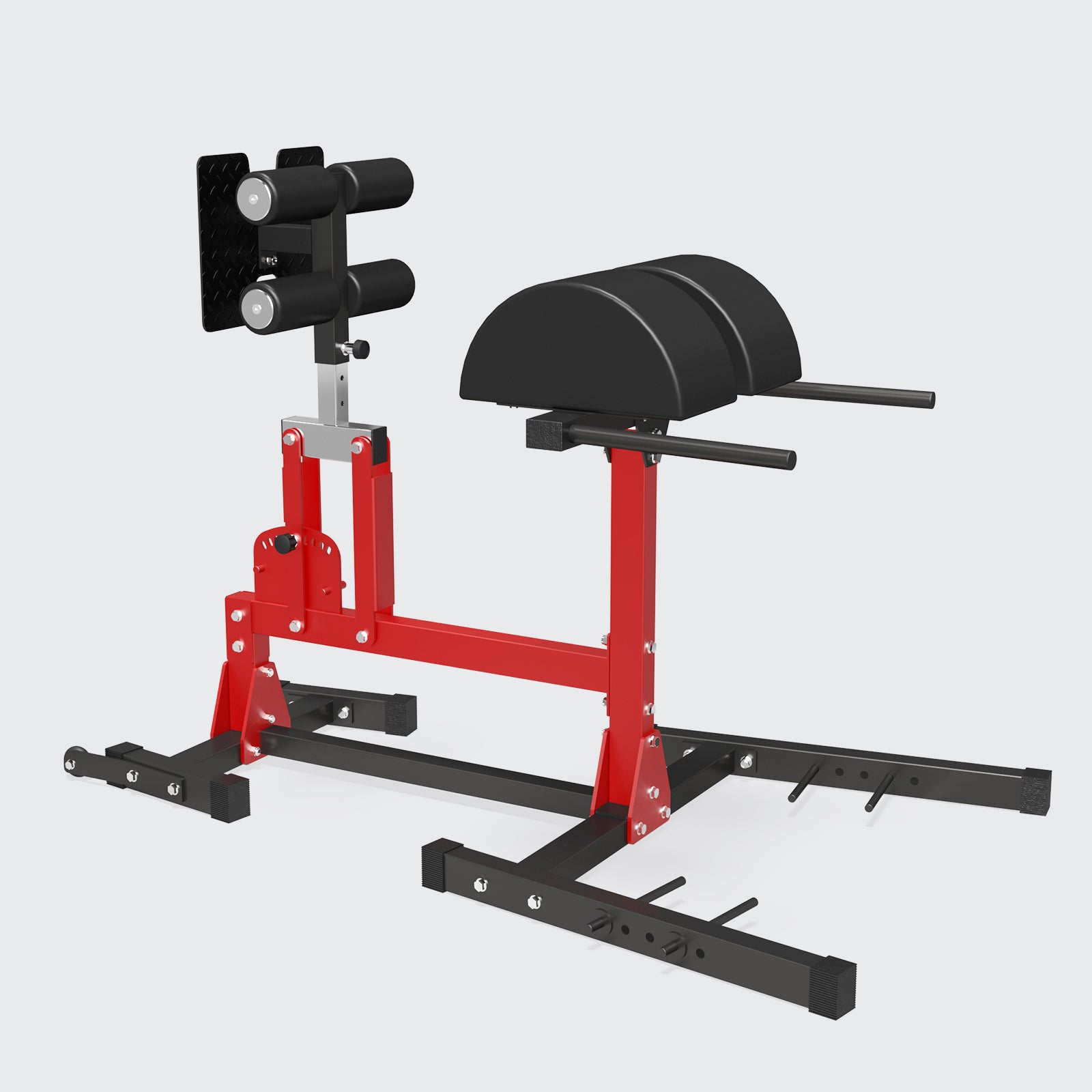

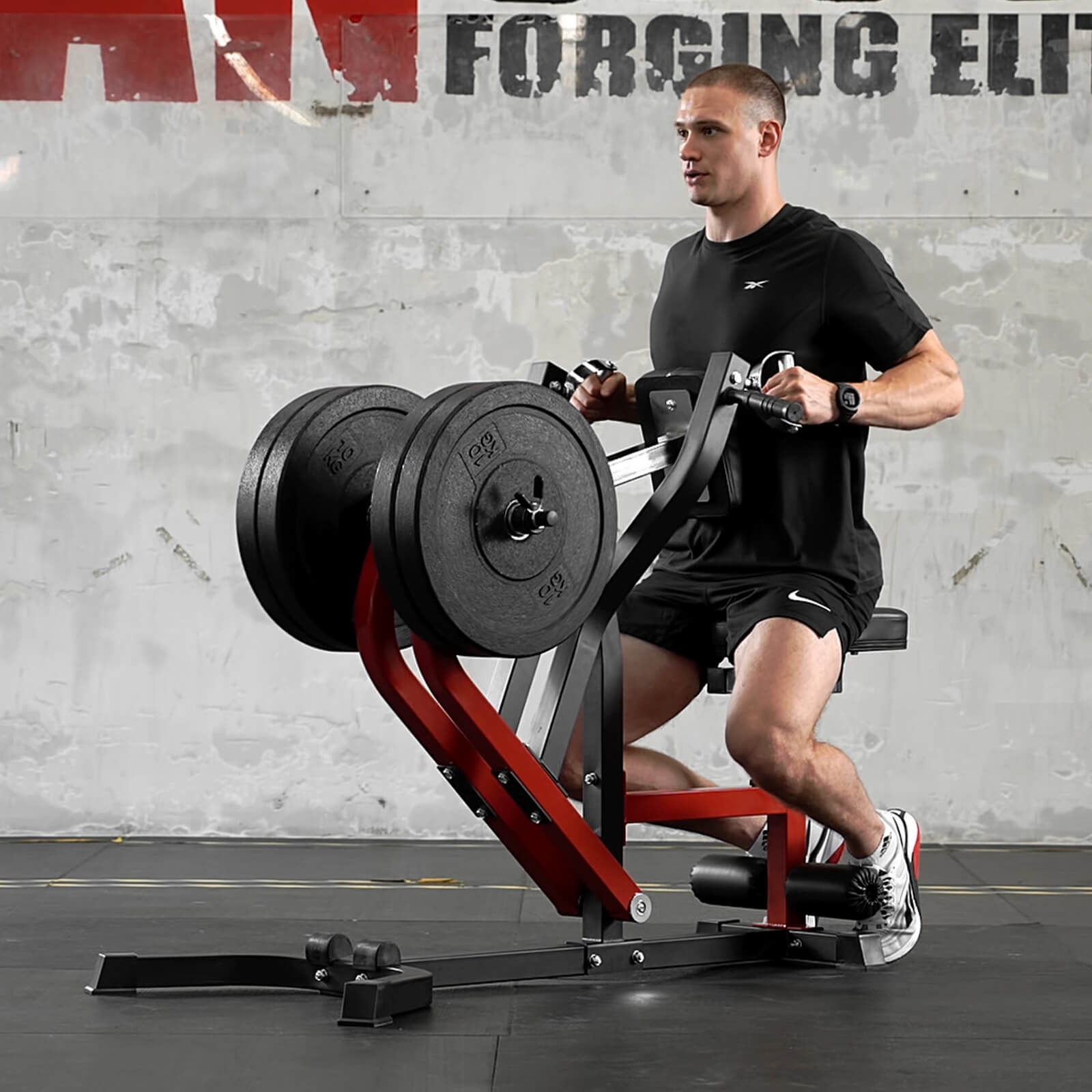
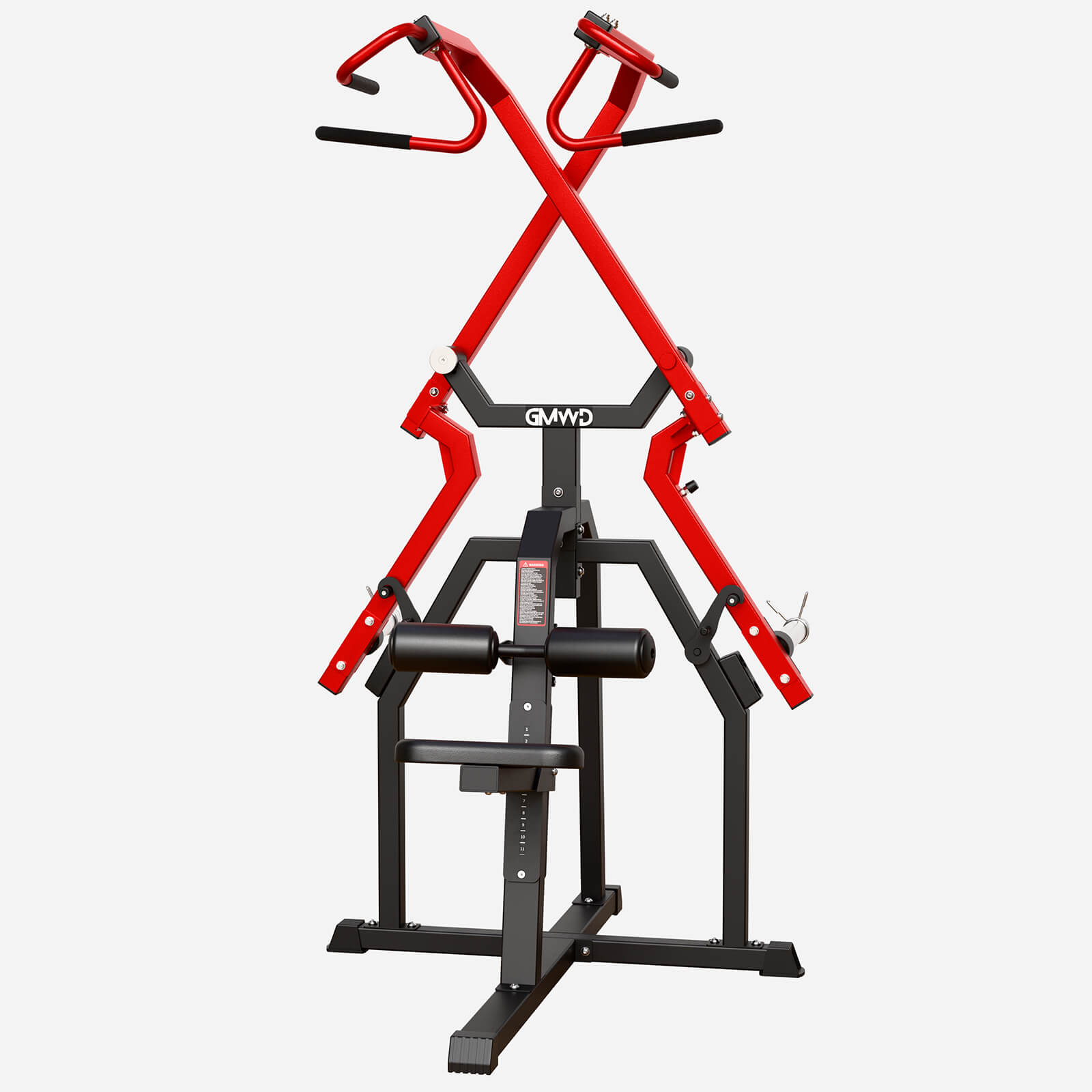
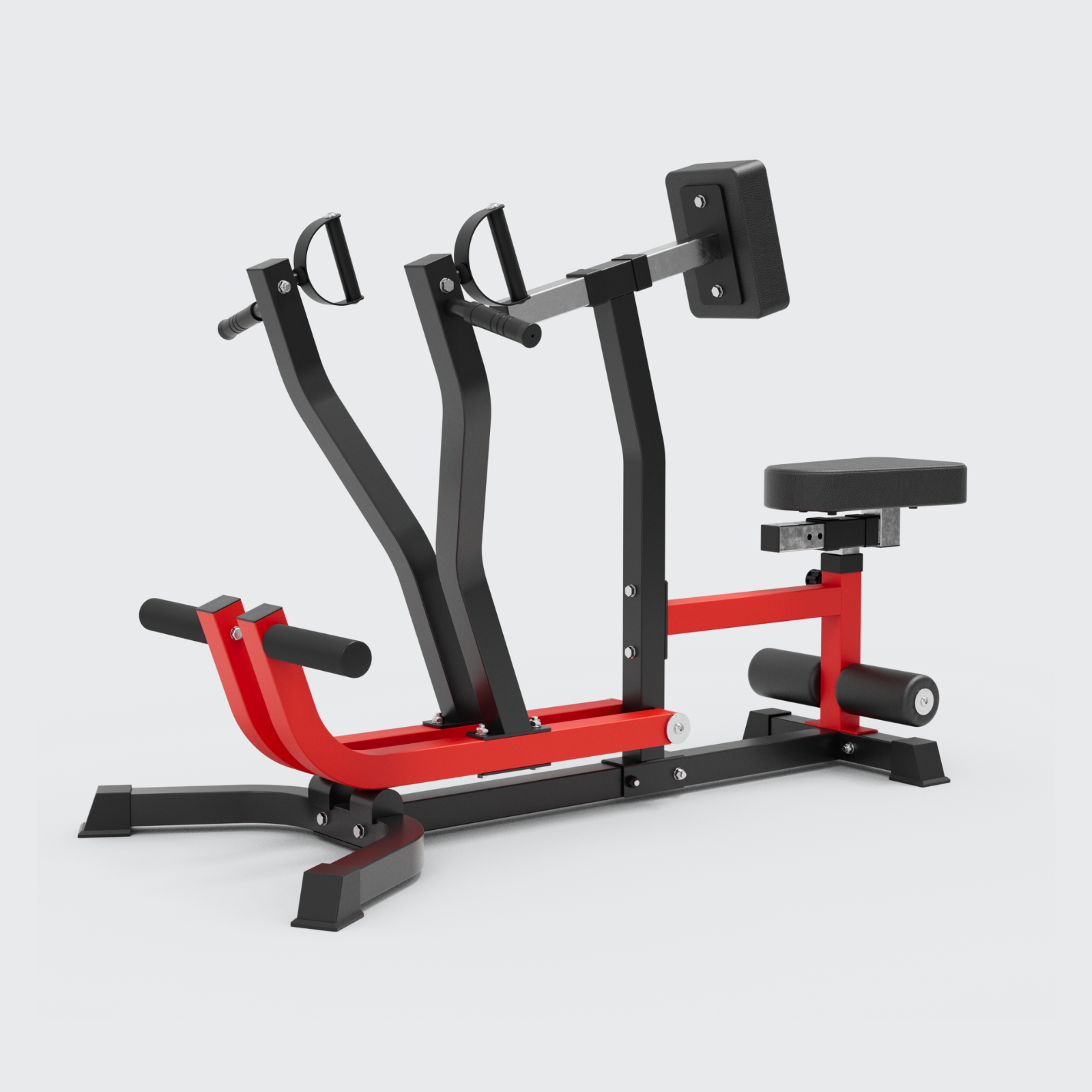
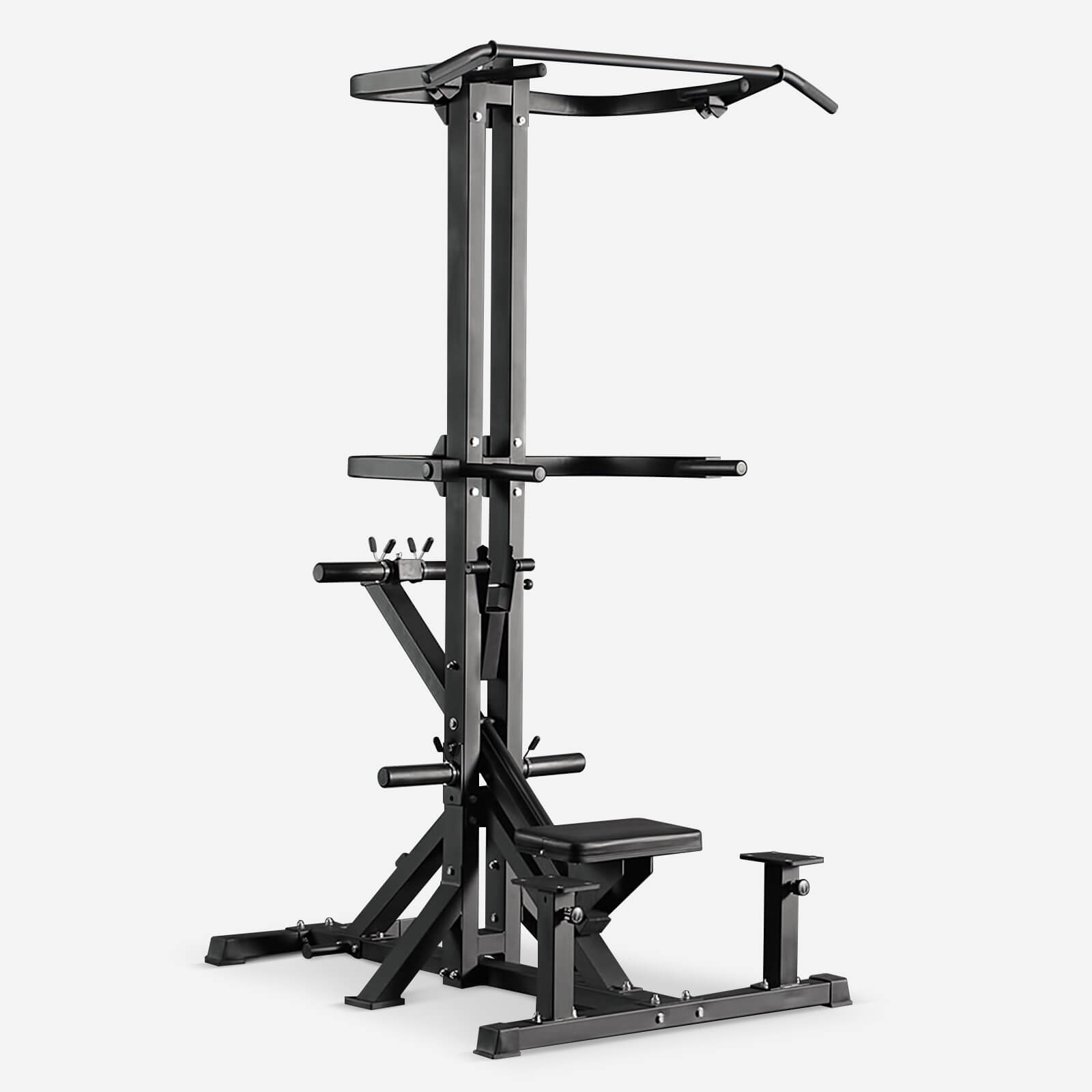


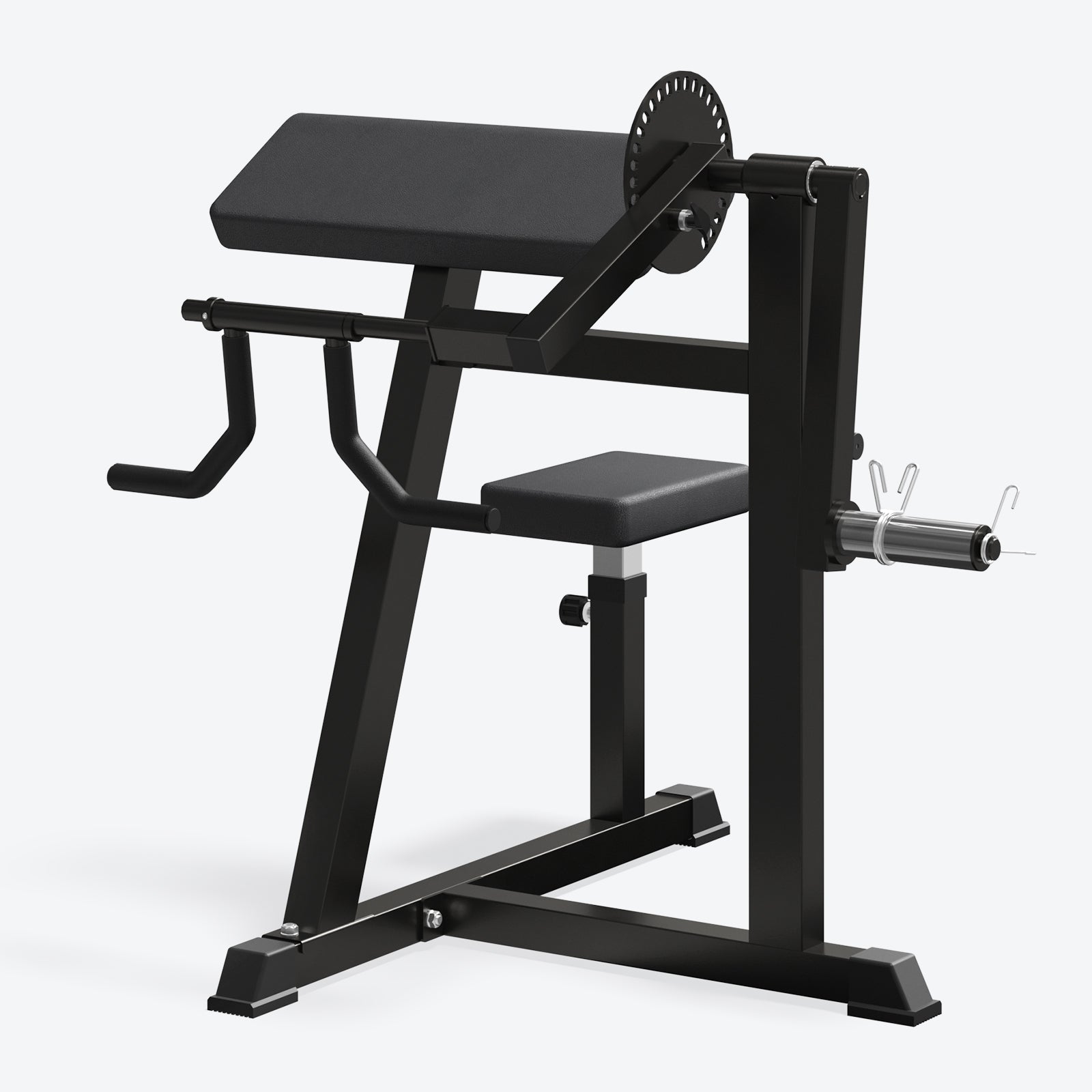
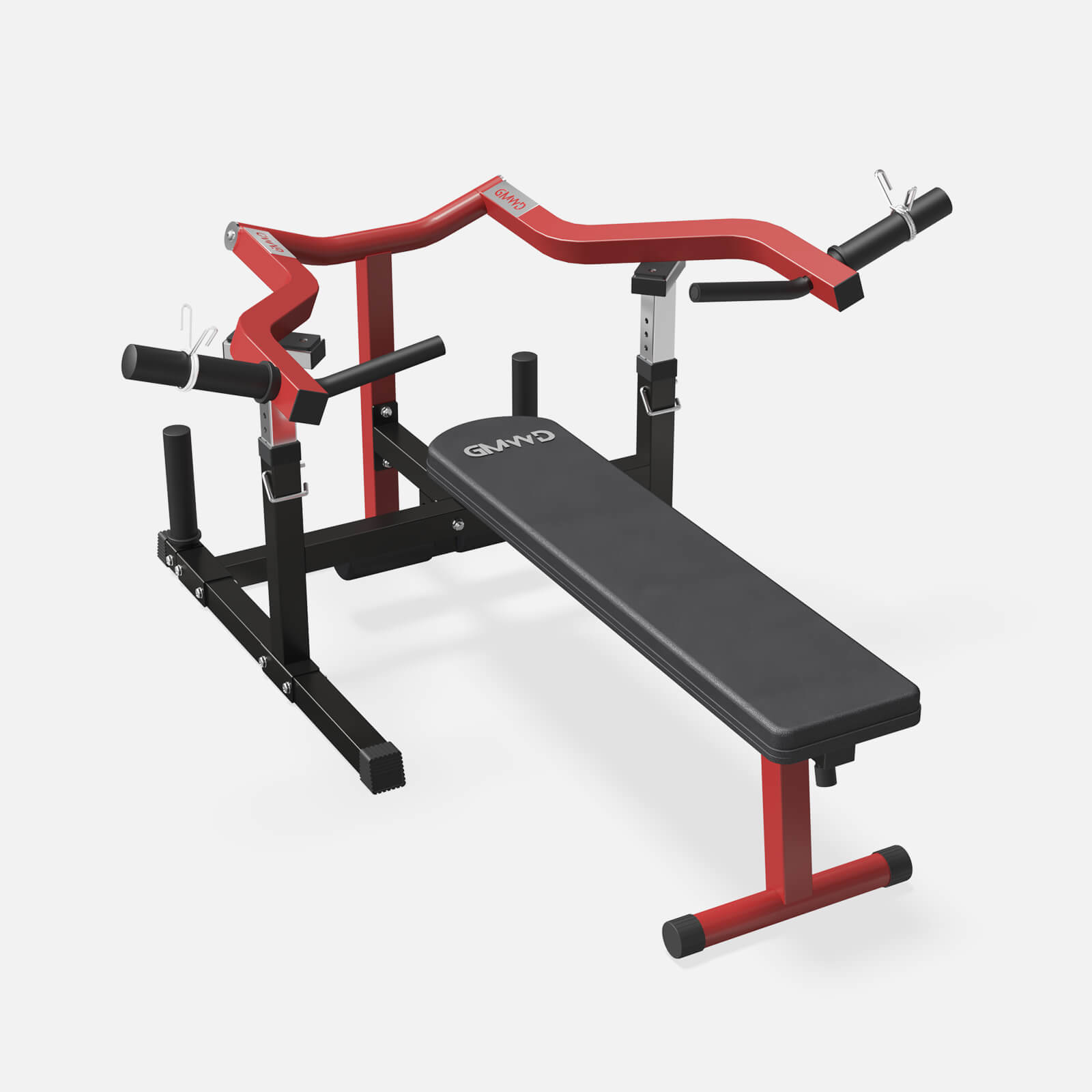

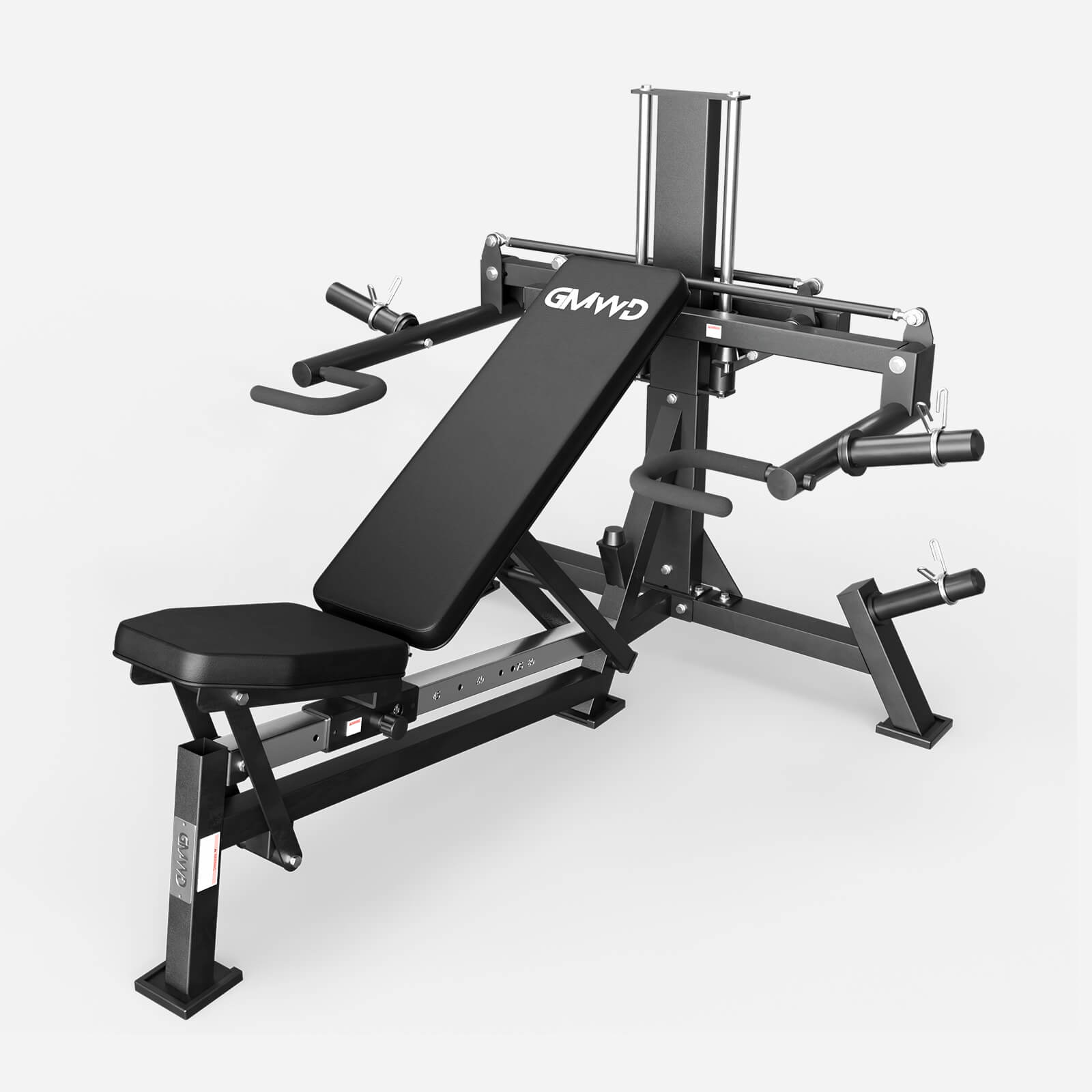
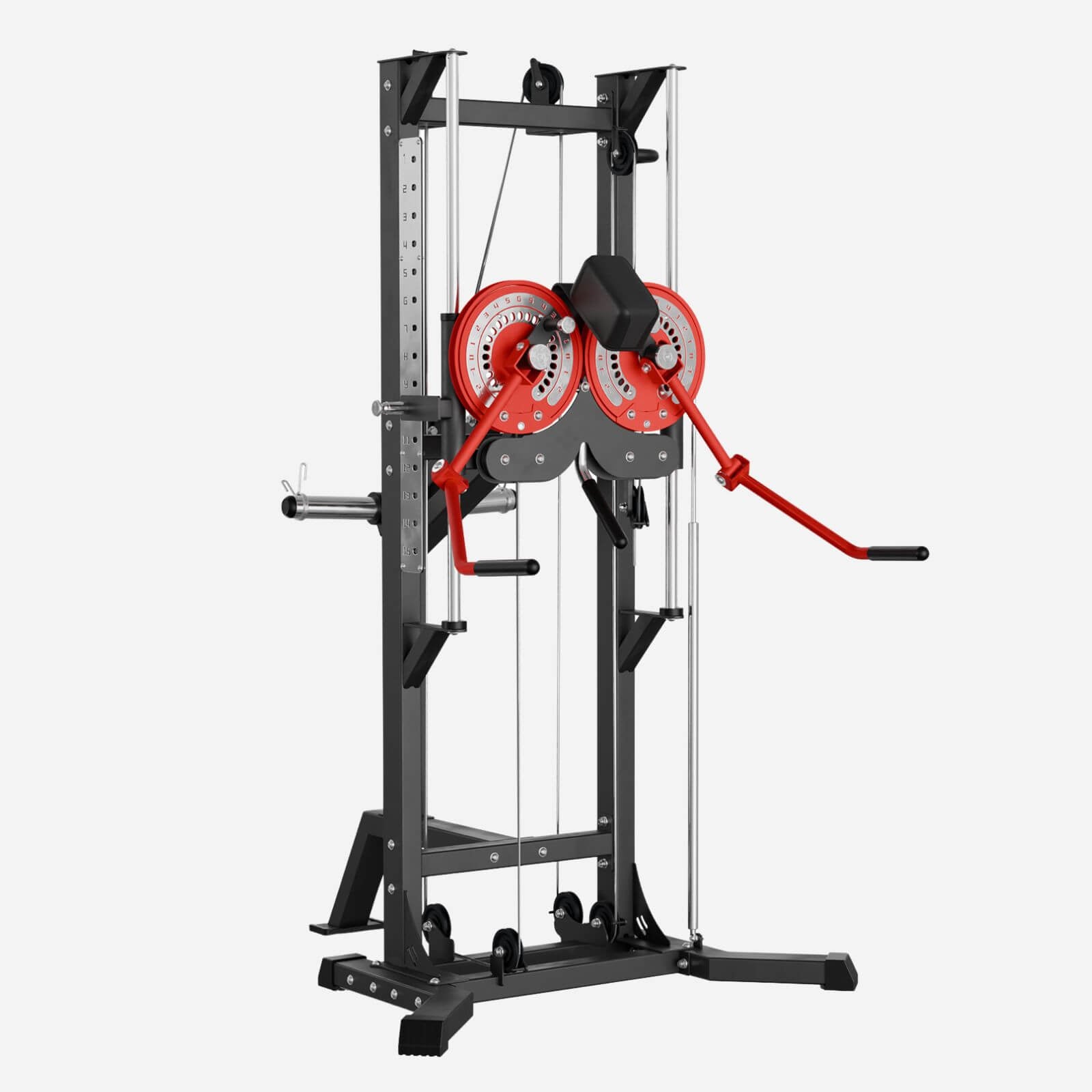

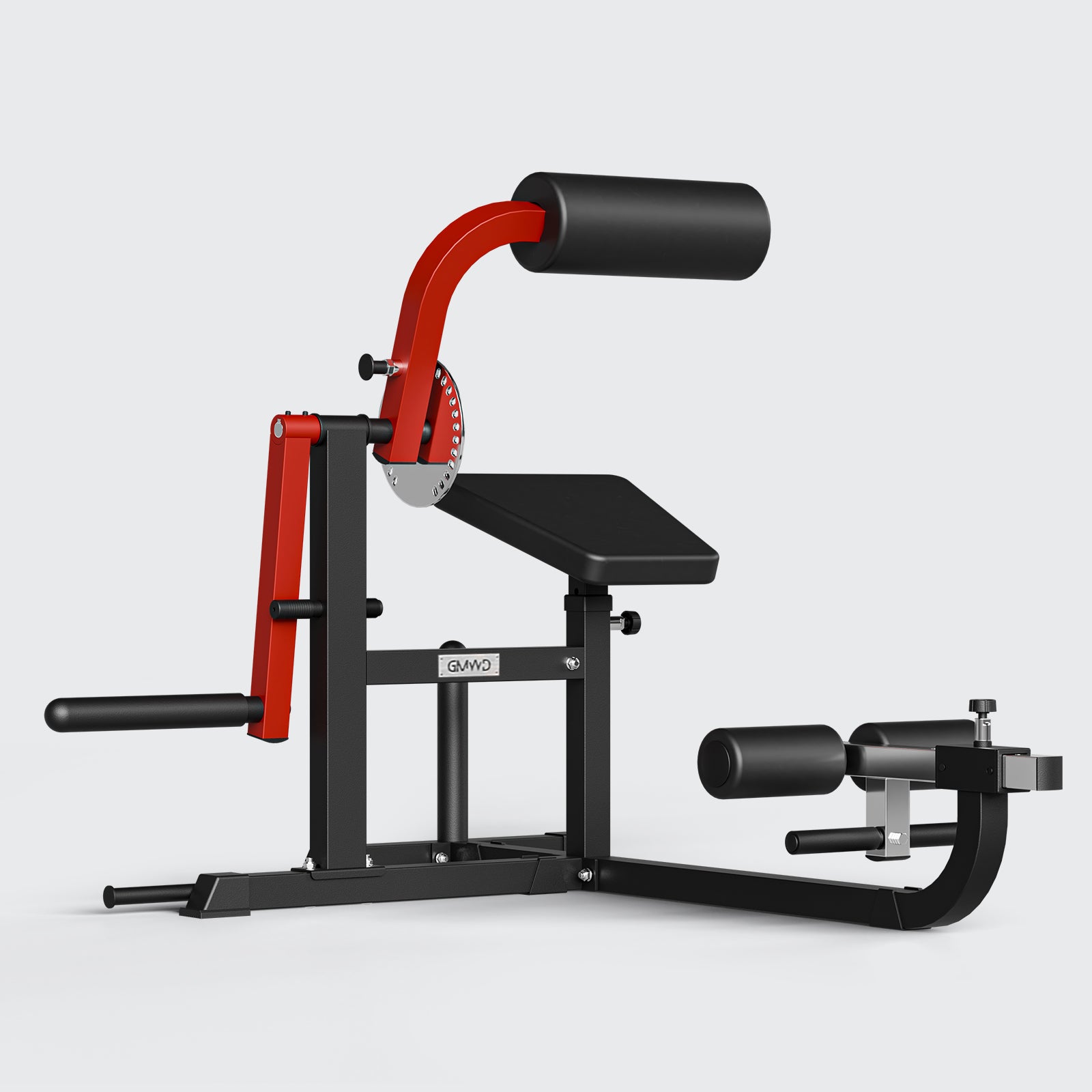
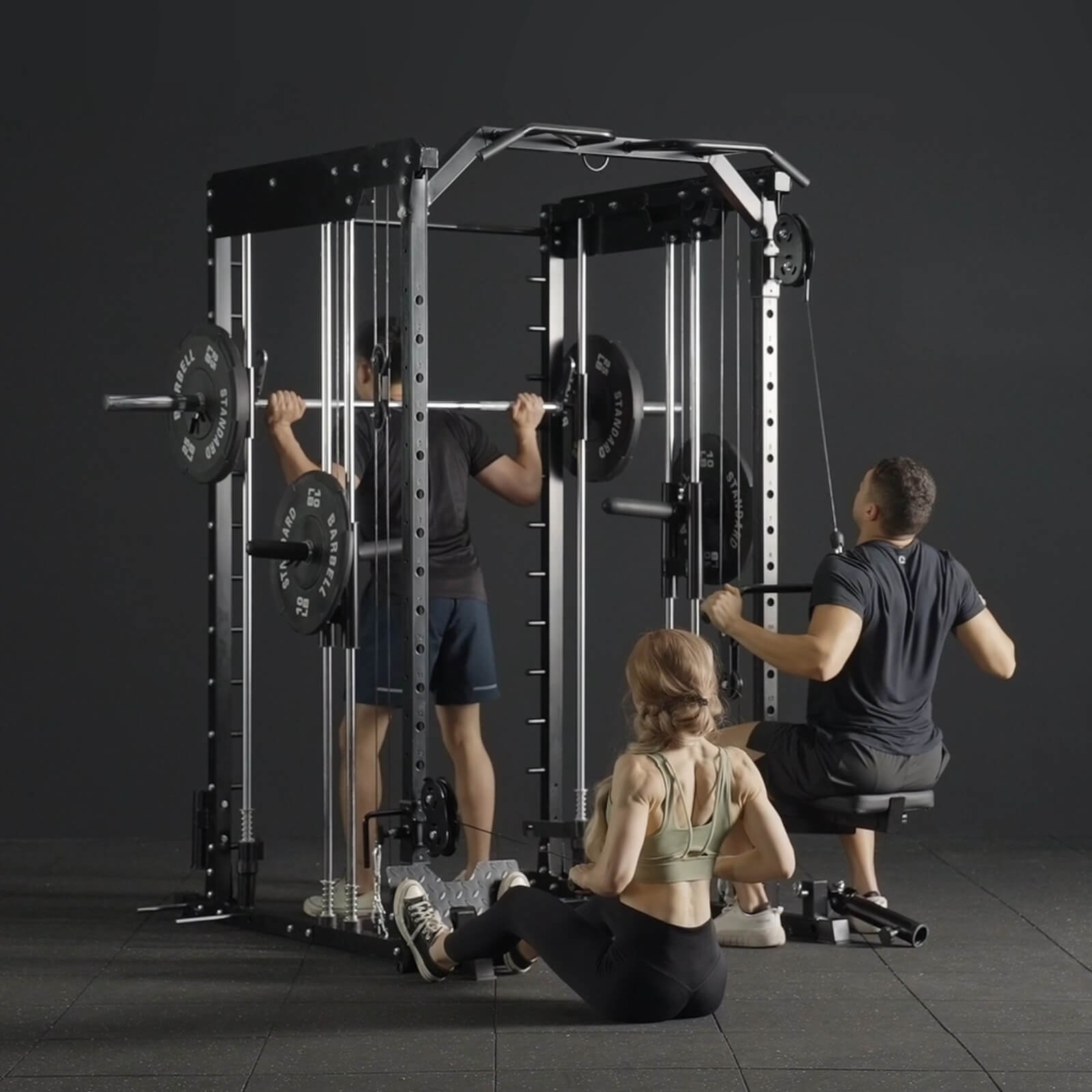
Leave a comment
All comments are moderated before being published.
This site is protected by hCaptcha and the hCaptcha Privacy Policy and Terms of Service apply.